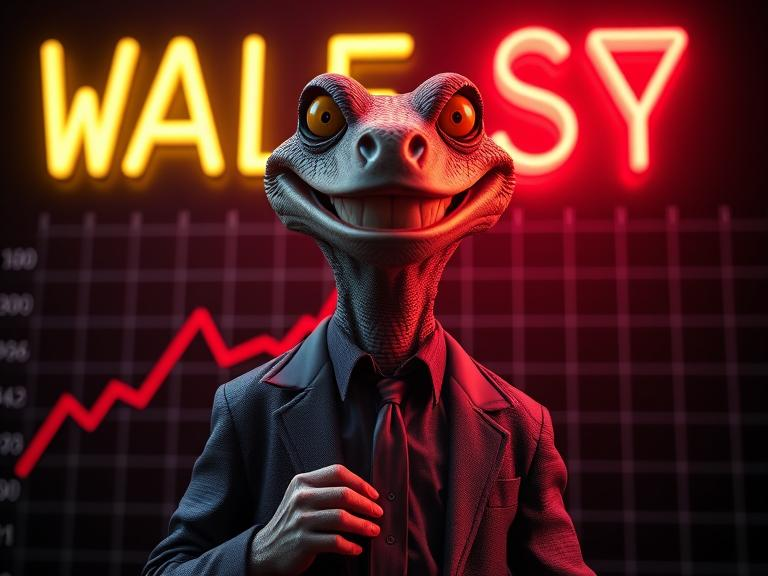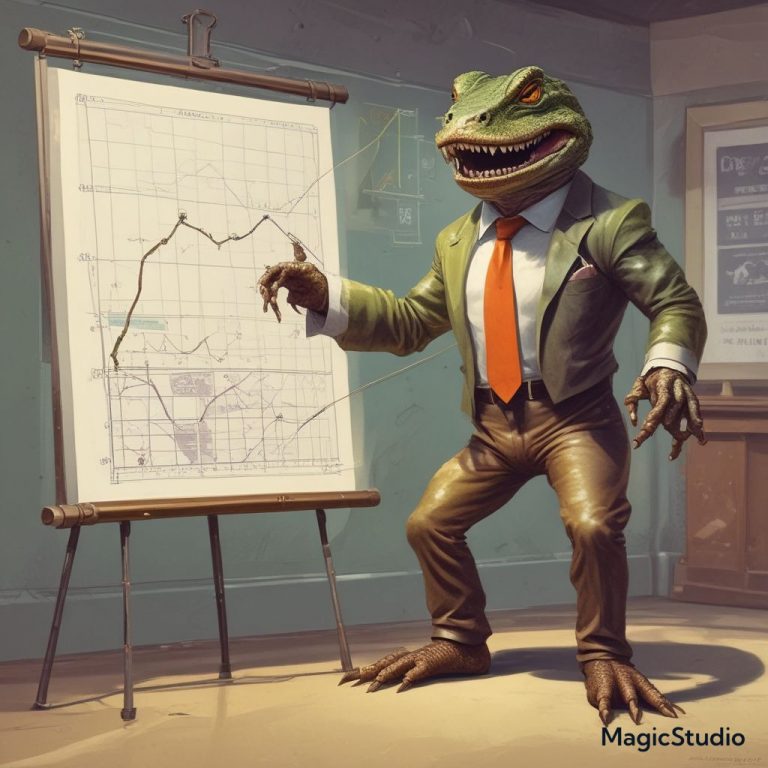
So you’re sitting there. Across the polished mahogany desk sits Mr. Sharp Suit. Maybe Ms. Power Blazer. Credentials on the wall – degrees, certifications, acronyms you couldn’t decipher with a decoder ring. The office screams quiet competence, expensive under Cialisement. They start talking. Oh, do they talk.
They talk about “diversification,” “asset allocation,” “risk tolerance,” “alpha,” “beta,” “proprietary algorithms,” “market-beating strategies.” Jargon flies thicker than flies on… well, you know. Graphs appear, complex charts showing upward trends (they rarely show the downward ones with the same enthusiasm, funny that). They might mention their firm’s long history, their rigorous research process, their access to “exclusive opportunities.” They schmooze, they build rapport. They ask about your goals – retirement, kids’ college, that boat you’ve always wanted. They make it personal. They make it sound smart. They make it sound safe.
Sound familiar? Now, let’s rewind to Bernie Madoff’s operation. What was his pitch? Surprisingly simple, dangerously effective.

Bernie didn’t need fancy charts, not really. His main tools were exclusivity and consistency. Getting into Madoff’s fund wasn’t easy; you had to know someone, be invited into the club. This created instant desirability – the oldest trick in the book, make ’em want it by making it seem scarce. And his returns? Oh, they were beautiful. Not ridiculously high, not volatile. Just… steady. 10-12% a year, month after month, year after year, regardless of what the actual market was doing. Rain or shine, Bernie delivered.
Now, let’s line ’em up. Your legit broker and Uncle Bernie. What’s the overlap?
- The Trust Factor: Both rely heavily on building trust. The broker uses credentials, the firm’s reputation, the fancy office. Madoff used his reputation (former NASDAQ chairman, respected figure), his air of quiet confidence, and powerful word-of-mouth from existing clients (who were unknowingly his shills). In both cases, you’re essentially handing over your money based on faith in the person or the institution. Frank Abagnale could tell you a thing or two about how far a good suit and a confident demeanor can get you – it builds perceived authority faster than concrete sets.
- Complexity as Camouflage: Your broker drowns you in jargon and complex strategies (“split-strike conversion,” anyone?). Why? Partly because finance can be complex, but also because complexity discourages questions. It makes you feel dumb if you don’t understand, so you nod along. It reinforces their position as the expert, the gatekeeper of arcane knowledge. Madoff? His strategy was supposedly so complex and proprietary, he didn’t really explain it. He waved it away – “You wouldn’t understand,” or “It’s my secret sauce.” See the parallel? Whether real or fabricated, complexity serves the same purpose: Obfuscation. It keeps the mark from looking too closely under the hood.
- Appealing to Desire (Greed & Security): Both pitches tap into fundamental human desires. The broker promises growth, security, achieving your financial dreams. Madoff promised steady, reliable returns – a safe harbor in volatile markets, an escape from the gut-wrenching swings the rest of us endure. Both whisper sweet nothings about making your money work for you, ideally while you sleep. It’s the lure of easy money, or at least, easier money than busting your hump for it.
- The Illusion of Control/Expertise: The broker presents themselves as navigating the chaotic market waters with skill and precision, using sophisticated tools. Madoff presented himself as having found a cheat code, a way to beat the system consistently. Both offer an illusion of control in an inherently unpredictable environment. You’re not gambling; you’re investing with someone who knows.

So, what was the big difference, besides the obvious criminality on Bernie’s part? The paperwork.
Your legit broker operates (supposedly) within a labyrinthine system of regulations. Prospectuses thicker than phone books, compliance departments, disclosures buried in fine print nobody reads. They generate real statements showing real trades (even if those trades sometimes benefit the broker more than you via commissions or fees – another conversation entirely).
Madoff? He generated fake statements. Beautifully simple, utterly fraudulent. His paperwork was pure fiction, designed solely to maintain the illusion of those steady returns.
Here’s the kicker, the cynical truth from someone who appreciates a well-executed grift (even as I condemn the fallout): For the average person, the experience of impenetrable complexity can feel disturbingly similar. Can you, personally, verify your broker’s “proprietary algorithm”? Can you decipher every line item on that 50-page prospectus? Or are you, again, relying on trust? Relying on the appearance of legitimacy backed by official-looking documents you don’t fully grasp?

Noam Chomsky talks about manufacturing consent – how power structures use media and complexity to shape public opinion and maintain control. The financial world, even the legitimate parts, often feels like a masterclass in manufacturing compliance through complexity. They create a system so arcane that ordinary people feel they have no choice but to trust the “experts,” the guys in the sharp suits.
Madoff just took that principle and ran with it into explicitly illegal territory. He understood that if you build enough trust, project enough authority, and deliver the appearance of success (those fake statements), people will stop asking questions. People want to believe. They want the easy answer, the steady return, the financial security blanket.
So, next time you’re getting a financial pitch, listen carefully. Filter out the jargon. Ask dumb questions until you get clear answers. Be skeptical of anything that sounds too good, too consistent, or too complicated to explain simply. Remember Bernie. Remember that the slickest cons aren’t always run by guys in cheap suits down dark alleys. Sometimes they wear bespoke tailoring, have Ivy League degrees, and operate right out in the open, shielded by a mountain of paperwork you’ll never read. The difference between a bad investment and a Ponzi scheme? Sometimes, tragically, it’s only clear in hindsight. And that, my friends, is the expensive lesson nobody wants to learn firsthand.